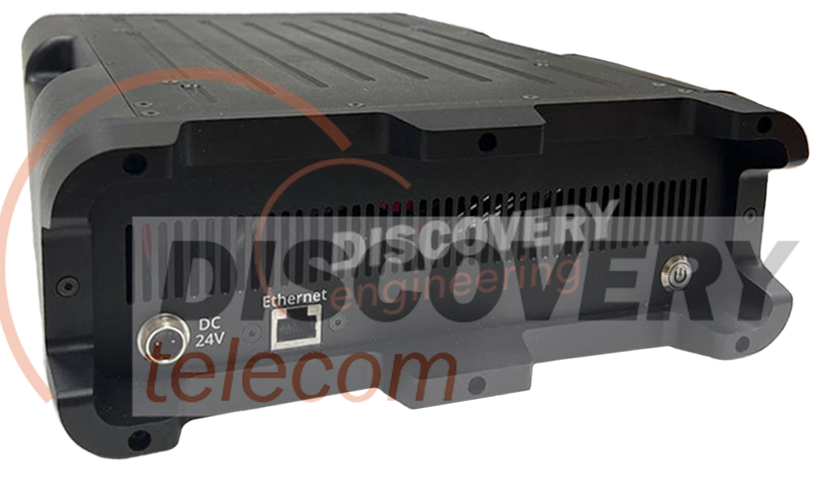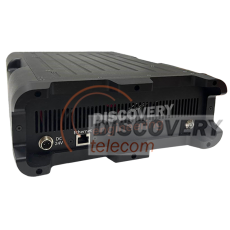 Print
Print

Discovery Telecom
Advanced Interception Systems.
Intelligence and surveillance
Tel./Fax: +353 1 902 6688
E-mail: info@intercept.ws
Advanced Interception Systems.
Intelligence and surveillance
E-mail: info@intercept.ws
Bug Hunter (TSCM). Unique anti-surveillance system to sweep bugs.
|
|
The main functions and characteristics
Bug Hunter combines IMSI catcher and counter-surveillance capabilities (TSCM) into one platform
The software-hardware system Bug Hunter is designed for the detection and identification of electronic devices in cellular communication, wireless access devices using standard radio interfaces, current and prospective standards of radio telephony communication, and broadband access, with the capability of documenting radio exchange events and recording their identification data.
The system operates on the principle of continuous scanning of the frequency range to detect the operation of cellular communication and wireless access devices. For all detected devices, detailed information about their parameters is registered and recorded.
 |  |
For what IMSI catcher was added?
A typical TSCM system for detecting radio transmitting bugs would only use an RF sensor to detect suspicious devices. But bugs based on 3,4,5G cellular modems can emit a radio frequency signal at the level and frequency of other mobile devices, of which there may be many in the immediate environment.
Field of application
Main features
The device performs identification of:
• Base stations for GSM/UMTS/LTE (FDD/TDD)/NR cellular communication standards;
• Mobile devices for GSM/UMTS/LTE/NR cellular communication standards;
• Wi-Fi devices IEEE802.11 a.b.g.n, ac, h, y, j, ac (2.4-5GHz);
• Wi-Fi 6 and Wi-Fi 6E IEEE802.11ax (8GHz);
• IoT devices Bluetooth IEEE802.15.1 and ZigBee IEEE802.15.4;
• Bug Hunter detects and registers the operation of radio electronic devices, including emerging communication systems
This page was printed from the website
www.intercept.ws
Please check prices and availability of equipment.
www.intercept.ws
Please check prices and availability of equipment.

